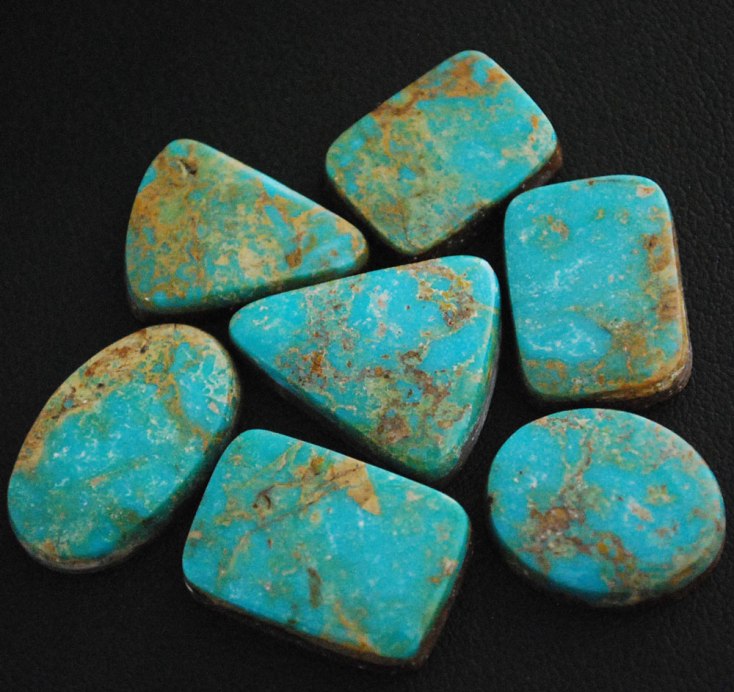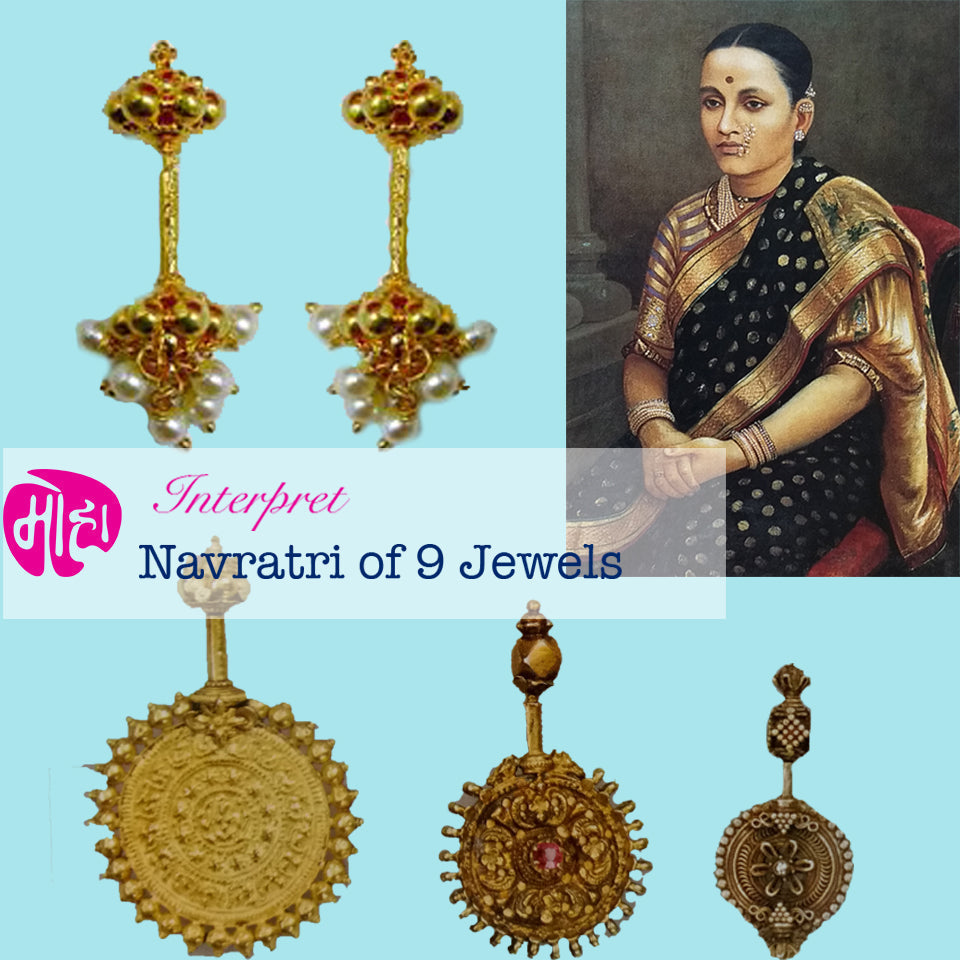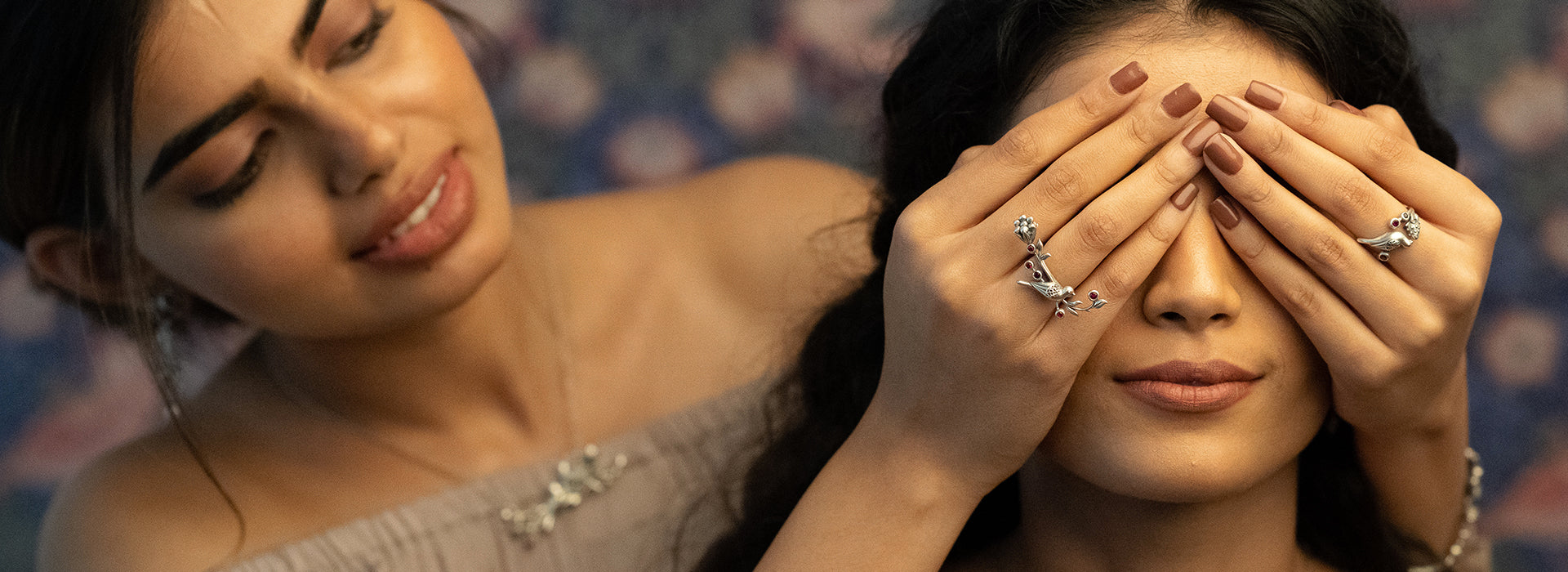The Bhungri is a traditional Indian ear ornament adorned by men and boys mainly of the Rabari, Mer and Bharvad tribes. This lovely yet rarely known ornament has its origins in the Rann of Kutch and Saurashtra.
The Bhungri is traditionally worn by the men of the Rabari tribes whereas the men of the Bharvad tribes wear a similar ornament termed as the ‘phul’. This aesthetically appealing piece of jewellery is usually made of gold or silver and can also be gold plated. This spectacular ornament is worn in the ear specifically in the helix region i.e the rim of the external ear.
The Bhungri and phul differ from each other with respect to their shapes - the bhungri being flatter and the phul being cone-like in appearance. The difference between a two is strong enough to be able to serve as an identifying factor as well; that is we can identify the tribe a man belongs to based on whether he has worn the bhungri or the phul.
The Bhungri and the phul both have concentric designs with soldered ‘granulated work’ or the ‘rava work’ on them. These beautiful ornaments are circular in shape and display the detailing and beauty of Indian craftsmanship. They are usually large in size, simulating the structure of a mushroom, heavy and sit on top of the upper ear to cover it. They are worn by being inserted into the ear from a hole through the rear of the ear.
The Bhungri is worn by the Rabari, Mer or Bharwad nomadic tribes but their skill in crafting such lovely pleasing pieces of jewellery is at par with even the best of our highly valued and respected Indian traditional jewellery.
Picture credits - Retlaw Snellac Photography; Flickr - Rabari people in Goriyawad village (Gujarat).
#mohabygeetanjali #silverjewellery #historyofjewellery #traditionaljewellery #indianjewellery #bhungri


